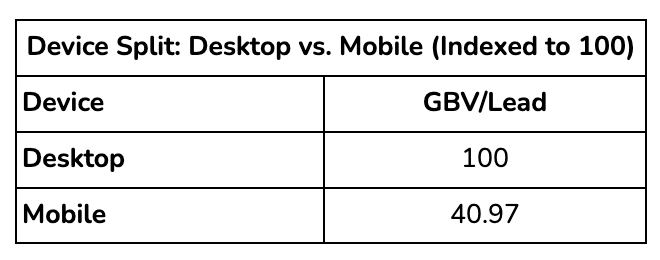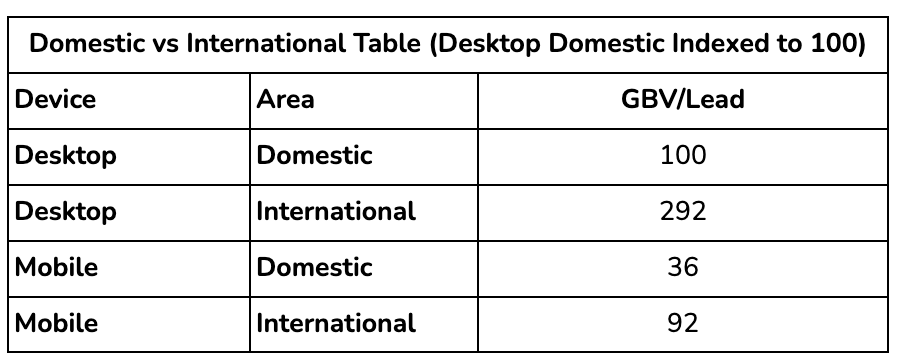Not All Leads Are Equal: Micro-Conversions for Smart Bidding
Do all micro-conversions perform the same? Case studies with Viajala and Curadeuda reveal why some leads drive far more value than others.
Request a free audit
Do all micro-conversions perform the same? Case studies with Viajala and Curadeuda reveal why some leads drive far more value than others.
Request a free auditMicro-conversions, or “leads”, can move fast and feed Smart Bidding with data. But do all leads perform the same way? Based on case studies with Viajala and Curadeuda, the answer is: absolutely not.
Micro-Conversions: The Problem with Treating Every Lead the Same
In performance marketing, micro-conversions bring zero latency, tons of data, and quicker bidding signals. That’s great, unless all leads are lumped together. Grouping every “lead” as equal can muddy your bidding signals and waste budget on low-value conversions. We set out to analyze whether leads truly differ in quality, and what that means for SEM strategy.
Case Study 1: Viajala (Flight Metasearch)
Objective: Drive flight bookings via lead generation - specifically, click-outs to airline or OTA partners.
Approach: We compared leads (click-throughs) and final bookings across different campaigns.
Findings:


Case Study 2: Curadeuda (Fintech)
Objective: Acquire new customers via qualified debt consolidation requests.
Approach: We measured the correlation between qualified leads and signed clients, per campaign.
Findings:

What This Means for Smart Bidding Strategy
Micro-conversions remain a powerful signal for Smart Bidding because they create an almost instant feedback loop between click and conversion, and the higher volume of events helps the algorithm train faster.
But here’s the catch: not all leads carry the same weight. The same type of micro-conversion in different campaigns can represent very different downstream value. If you treat them all as equal, you risk misleading Smart Bidding, wasting budget, and ultimately hurting performance.
The smarter approach is to still use leads as conversion events, but not to stop there. Weight them differently depending on their expected final value, and set campaign-level tCPA or tROAS targets that reflect the true business outcome you’re after, not just the raw number of leads. Finally, keep reviewing and adjusting those targets regularly, especially when you notice gaps between leads captured and actual purchases.
Conclusion
Micro-conversions can be powerful SEM signals - but only if you understand what makes each lead valuable. The experiences of Viajala and Curadeuda highlight how strategic segmentation and signal weighting can unlock smarter, more efficient bidding. The bottom line: don’t just optimize for a lead. Optimize for the right lead, aligned with your ultimate business outcomes